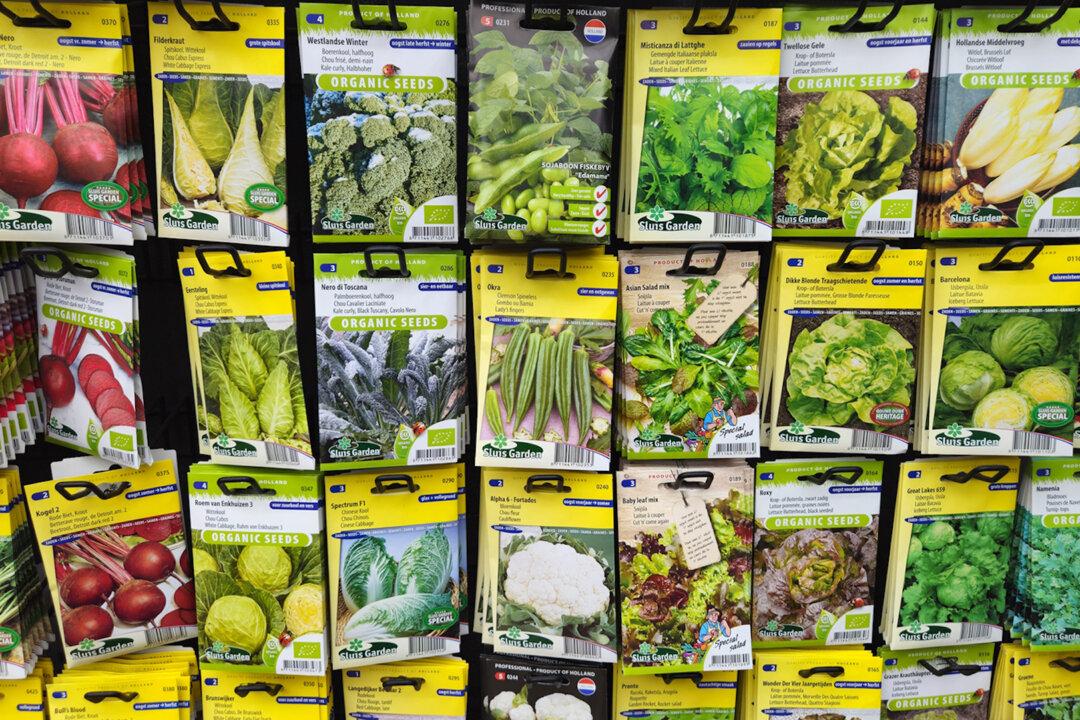Gardening is a wonderful way to grow your own food and create a beautiful landscape.
Much of the information you need to know can be found on plant tags and seed packets. Understanding this information can help you select plants suited to the growing conditions in your yard.
Most gardeners first learn about plants by the names that friends, relatives or fellow gardeners use to refer to them. Each plant also has a unique scientific, also called botanical name. Since plants can have multiple or regional common names, checking the tag for the botanical name ensures that you buy the right plant.
You will also see the word “zone” followed by numbers in the information on trees, shrubs, perennial flowers and vegetables. These numbers reflect the plant’s ability to survive the average minimum winter temperatures in the hardiness zones listed. You can find your hardiness zone on the U.S. Department of Agriculture Plant Hardiness Zone Map.
Despite record summer temperatures, it is still important to select plants that can survive the average minimum winter temperatures in your area. Selecting plants that tolerate both the highs and lows where you live will increase their chance of returning each year.
Make sure the plants you select have sufficient frost-free growing days to mature and flower or produce fruit. This is listed as the number of days from planting until harvest. Count the number of days in your growing season from the time you can plant to harvest to see if it’s a good choice.
Matching plants to the amount of sunlight they need to thrive is also important.
In general, full-sun plants prefer six, preferably eight or more, hours of direct sunlight. Areas receiving only intense afternoon sun are often suitable for plants listed as full or part sun tolerant. Part-sun plants usually need four to six hours of direct sunlight.
Part-shade plants generally need two to four hours of direct sunlight, preferably from east-facing or other locations where the sun is less intense. Shade plants usually perform well with two hours of direct sunlight or bright, indirect light throughout the day.
Always check the mature size and spread of the plant you select. Picking the right size plant for the available space will save you time and frustration having to prune the mature plant down in size.
To remind everyone to call before digging, April has been designated National Safe Digging Month. Please make contacting 811 part of your gardening plans and remind family and friends to do the same.








